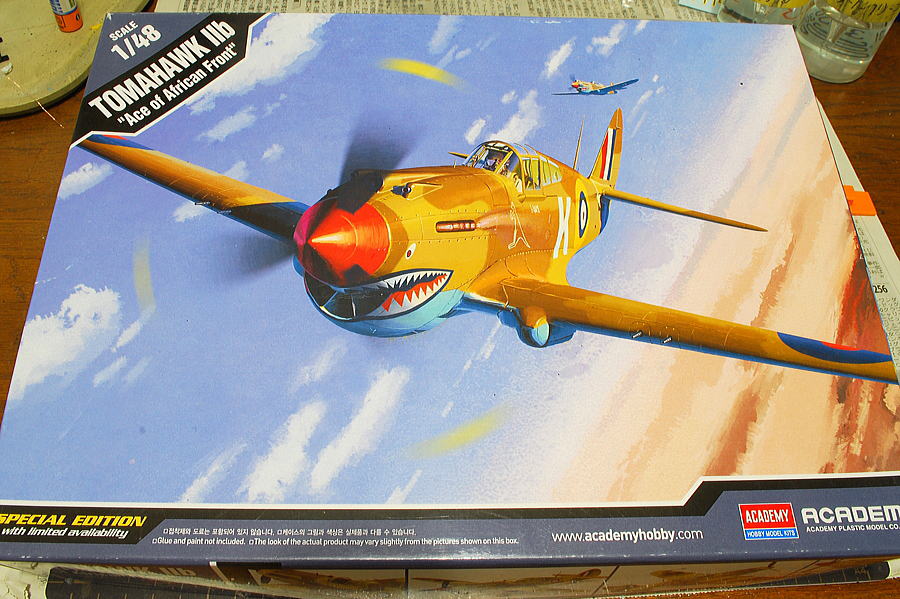 Hi, I decided to build this British Tomahawk purchased a few years ago. Originally in the United States Army fighters P-40, the British military called this from type A to P-40C Tomahawk, the D-type after the Kitty Hawk. I like this coloring box series kit. Maybe many kits include a high-quality Cartograf decal like them. I have a lot of this series of kits in my stock.
Hi, I decided to build this British Tomahawk purchased a few years ago. Originally in the United States Army fighters P-40, the British military called this from type A to P-40C Tomahawk, the D-type after the Kitty Hawk. I like this coloring box series kit. Maybe many kits include a high-quality Cartograf decal like them. I have a lot of this series of kits in my stock.
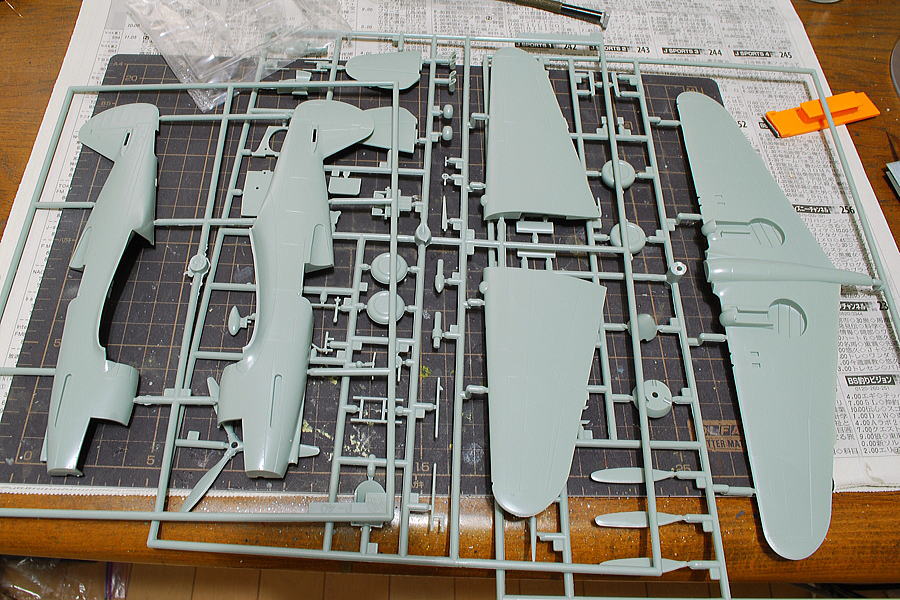 I try so hard to keep my motivation. I think that the parts are relatively few, and it’s good, and the form is not bad. Maybe I can build it early. Because it has become warm these days, I seem to be able to airbrush immediately to my room window fully open.
I try so hard to keep my motivation. I think that the parts are relatively few, and it’s good, and the form is not bad. Maybe I can build it early. Because it has become warm these days, I seem to be able to airbrush immediately to my room window fully open.
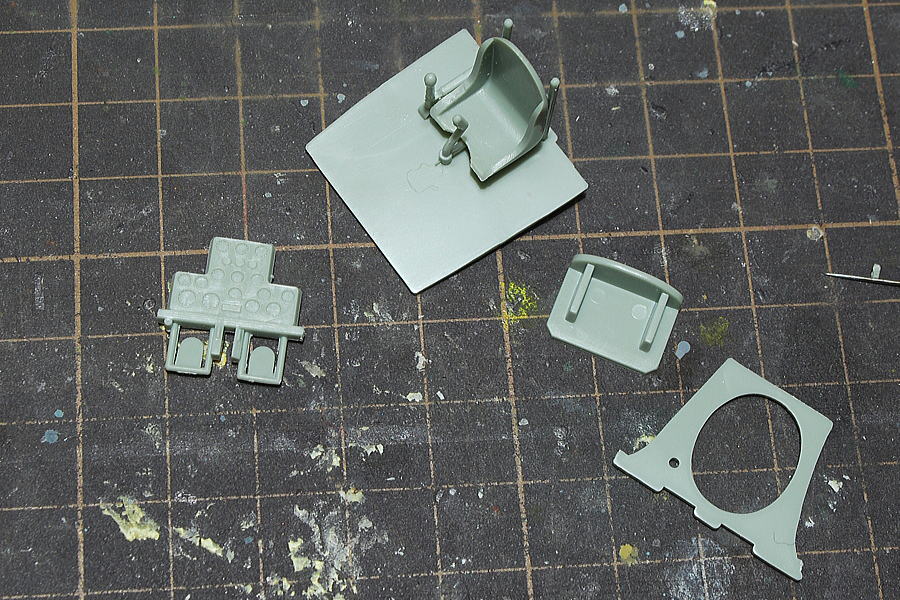 There wasn’t a decal of the cockpit panel. There are also no seat belts, so I’ll attach something later.
There wasn’t a decal of the cockpit panel. There are also no seat belts, so I’ll attach something later.
 Because there were no holes in the exhaust pipes, I opened the first of all.
Because there were no holes in the exhaust pipes, I opened the first of all.
(22-April-2016)
 The junction point of a spinner and a nose is shaky, so a propeller was fixed. If a machine gun was just as it is, it’s not good-looking, so a muzzle was opened.
The junction point of a spinner and a nose is shaky, so a propeller was fixed. If a machine gun was just as it is, it’s not good-looking, so a muzzle was opened.
 I try to use the Creos WWII U. S. Army and Navy Royal Air Force aircraft interior color set. The original aircraft is the U.S., but belonging is the British Air Force, so I think I use British interior color. The mixed colors are delicate, so I have used only such convenient items recently.
I try to use the Creos WWII U. S. Army and Navy Royal Air Force aircraft interior color set. The original aircraft is the U.S., but belonging is the British Air Force, so I think I use British interior color. The mixed colors are delicate, so I have used only such convenient items recently.
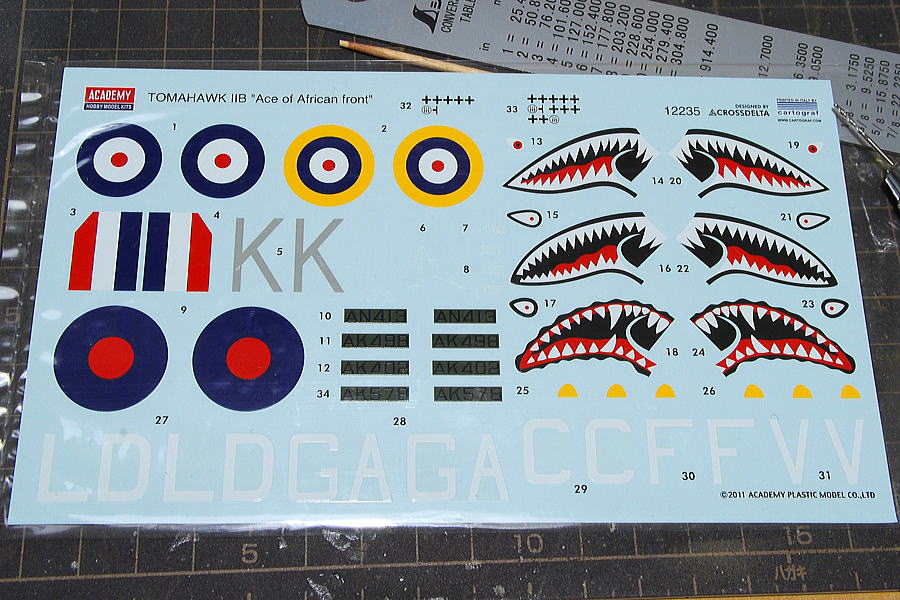 A beautiful decal is attached. After all, the decal, which is not yellowed, is comfortable.
A beautiful decal is attached. After all, the decal, which is not yellowed, is comfortable.
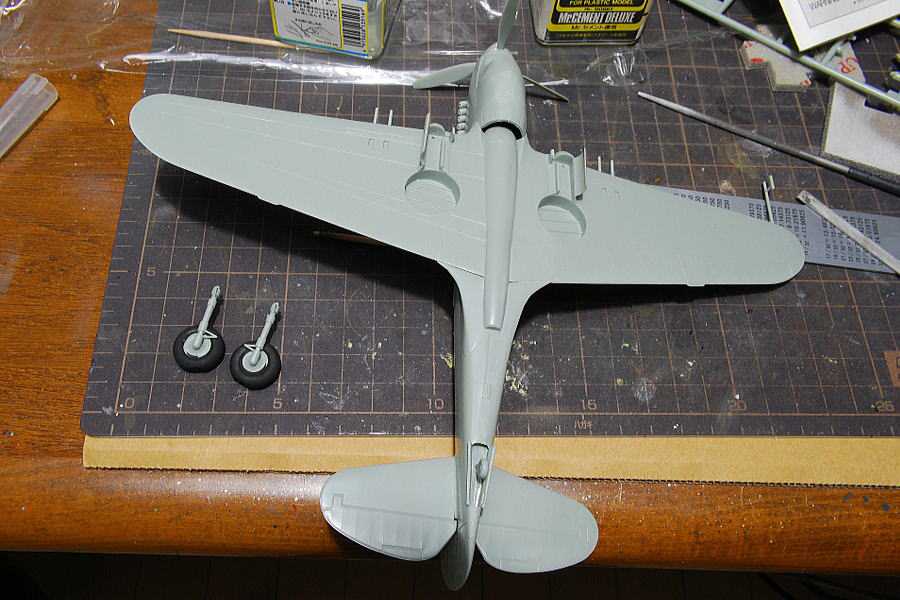 Almost all assembly has ended. The work of burying some gaps is left.
Almost all assembly has ended. The work of burying some gaps is left.
 I am masking the canopy now.
I am masking the canopy now.
(20-May-2016)
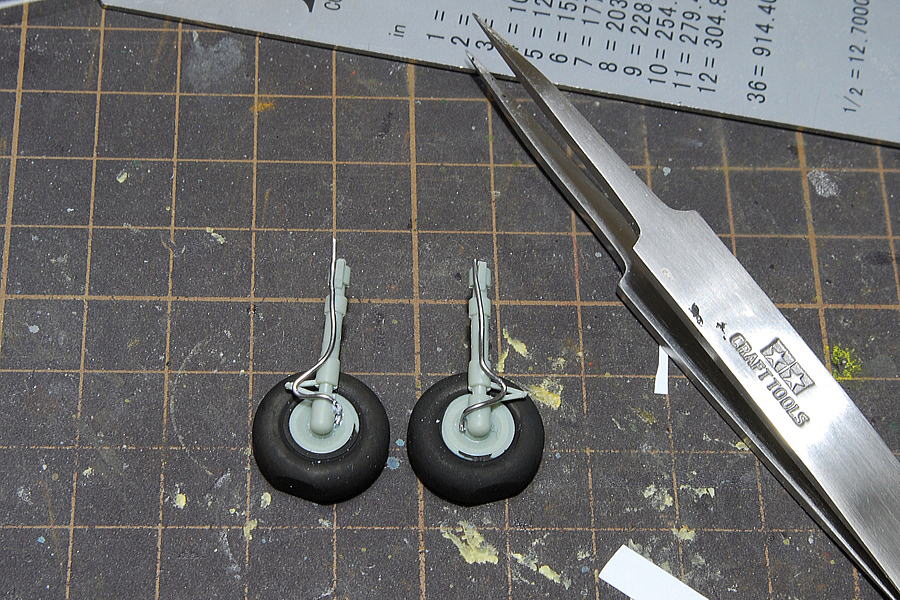 Although I think there is a little more to do, I used a solder line as a brake pipe; I just put it along with the landing gear.
Although I think there is a little more to do, I used a solder line as a brake pipe; I just put it along with the landing gear.
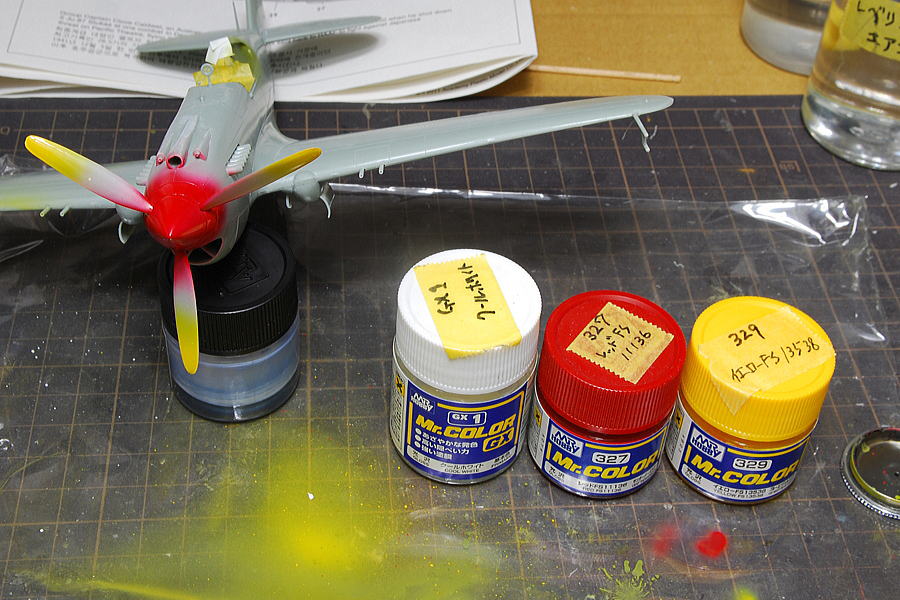 For keeping the brilliant color chroma saturation, I suppose the best is the first base color, white.
For keeping the brilliant color chroma saturation, I suppose the best is the first base color, white.
 In painting the lower body, I acquired light and shade to some extent.
In painting the lower body, I acquired light and shade to some extent.
 The Tomahawk has a hollow behind a cockpit, and there seems to be colored interior color inside. I masked this area, too.
The Tomahawk has a hollow behind a cockpit, and there seems to be colored interior color inside. I masked this area, too.
 There is a small number of parts for airplane models. However, there is a lot of such masking work. But the most challenging point is the next camouflage painting.
There is a small number of parts for airplane models. However, there is a lot of such masking work. But the most challenging point is the next camouflage painting.
(23-May-2016)
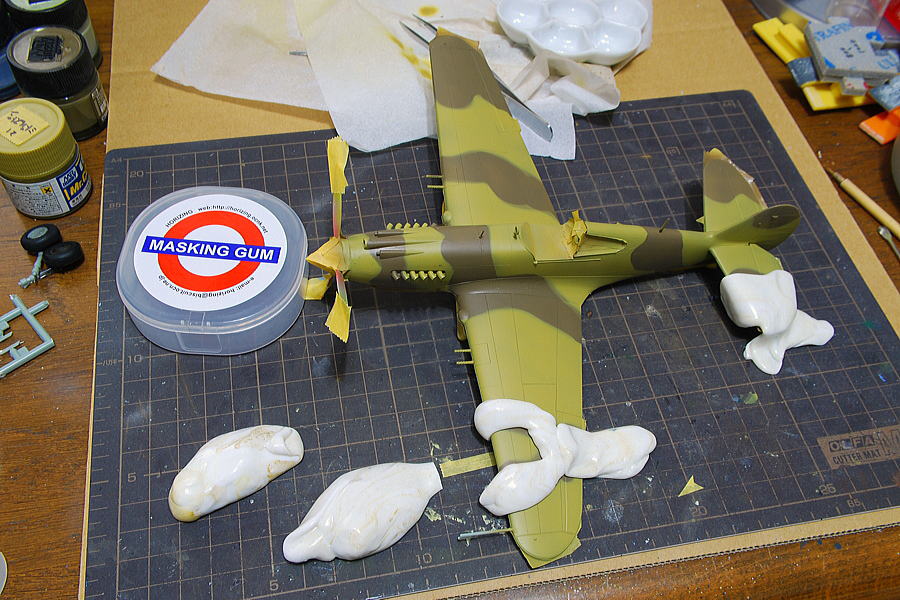 I tried to use an interesting masking tool from the manufacturer called Horizing. This slime-like object turns the shape slowly during my splay work by gravity. A couple of times, splaying after drying, the boundary shifted slightly. I think it’s better to use shades of different color boundaries for the camouflage painting of the British Air Force plane.
I tried to use an interesting masking tool from the manufacturer called Horizing. This slime-like object turns the shape slowly during my splay work by gravity. A couple of times, splaying after drying, the boundary shifted slightly. I think it’s better to use shades of different color boundaries for the camouflage painting of the British Air Force plane.
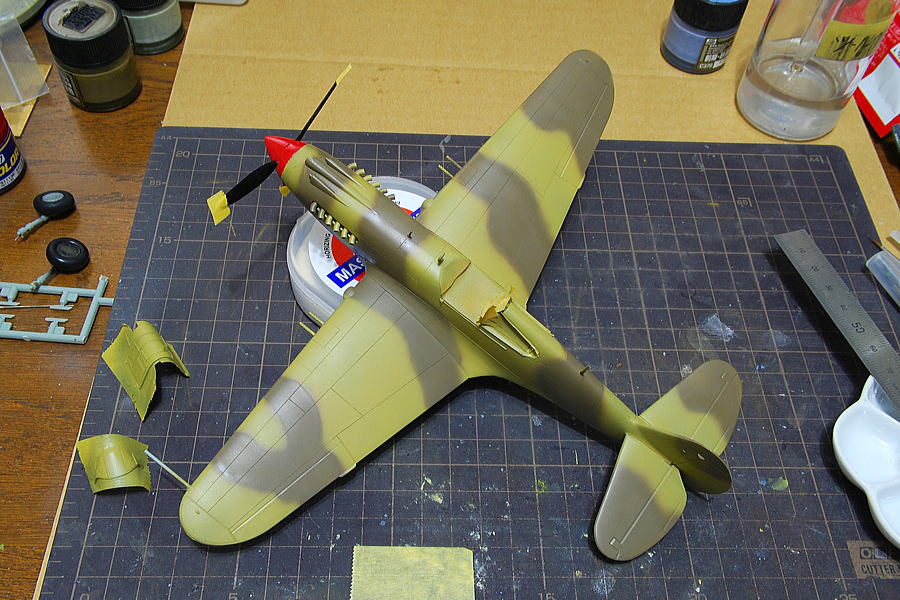 When the Horizing slime (Masking Gum) was left for a little while, I think it wasn’t too transformable and became stable. It isn’t easy to make them stable by the pattern, my favorite, but this is fascinating.
When the Horizing slime (Masking Gum) was left for a little while, I think it wasn’t too transformable and became stable. It isn’t easy to make them stable by the pattern, my favorite, but this is fascinating.
 Whether the Horizing Masking Gum can be used when making small areas quickly, I’d like to decide the pattern while seeing the whole balance. When I see a box picture, the color separation of camouflage seems clear, so I think that’s OK. Anyway, I’ll study how to use this item effectively.
Whether the Horizing Masking Gum can be used when making small areas quickly, I’d like to decide the pattern while seeing the whole balance. When I see a box picture, the color separation of camouflage seems clear, so I think that’s OK. Anyway, I’ll study how to use this item effectively.
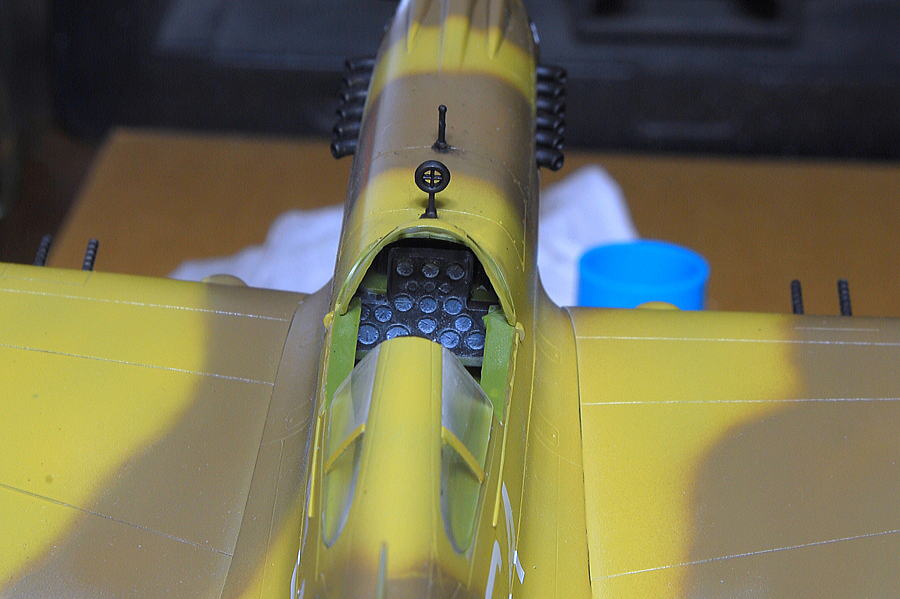 I painted the cockpit panel moderately finely paint with a brush painting. If it’ll be completed, it’s over a canopy looking, so this may look quite fine.
I painted the cockpit panel moderately finely paint with a brush painting. If it’ll be completed, it’s over a canopy looking, so this may look quite fine.
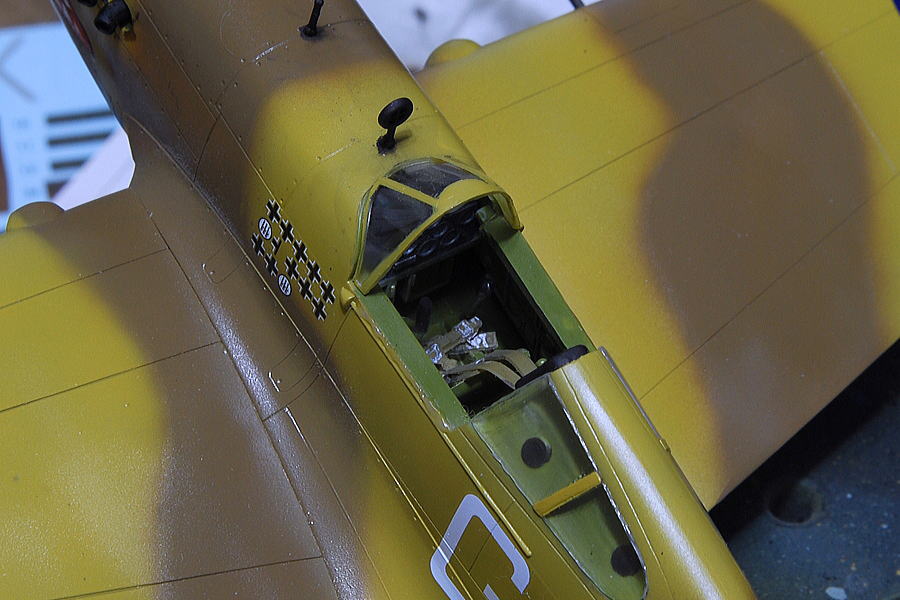 The third-party seat belt amounted; the only left is the finish paint.
The third-party seat belt amounted; the only left is the finish paint.
(25-May-2016)
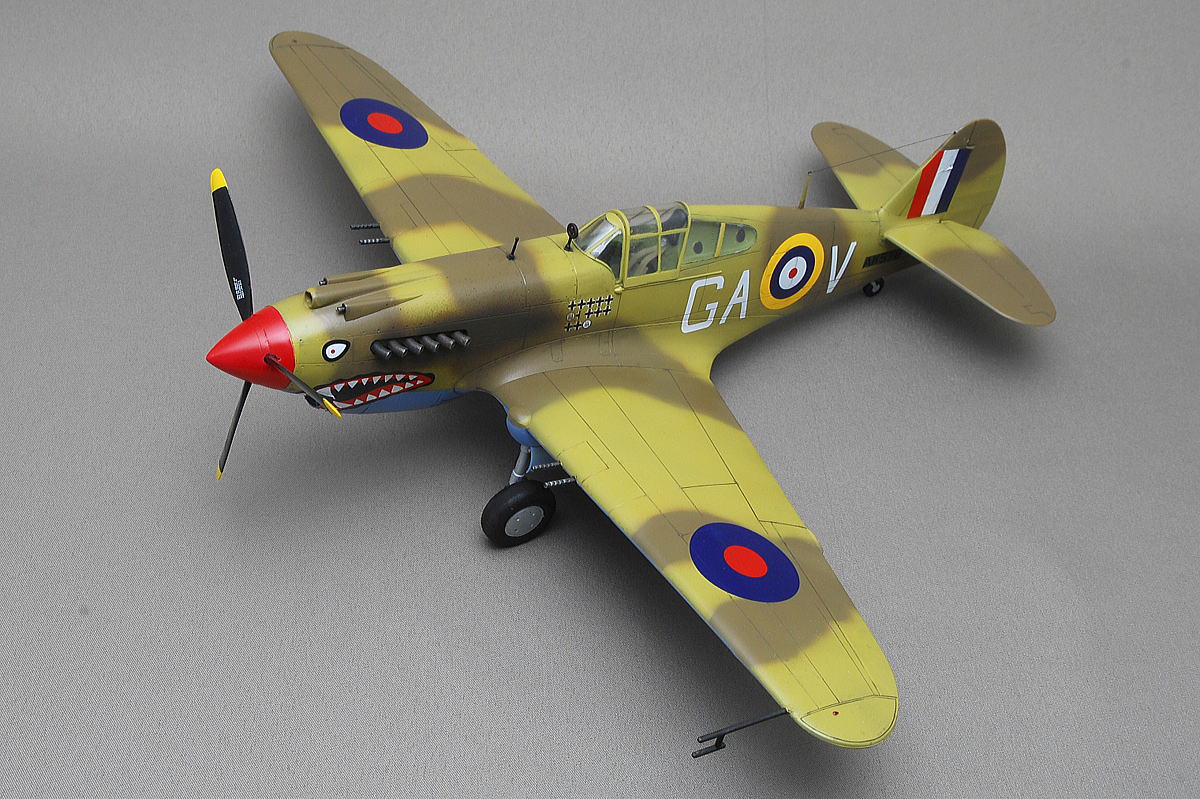 In the UK, Curtiss P-40 fighters, which were provided from the United States, called Tomahawk (up to the C-type).
In the UK, Curtiss P-40 fighters, which were provided from the United States, called Tomahawk (up to the C-type).
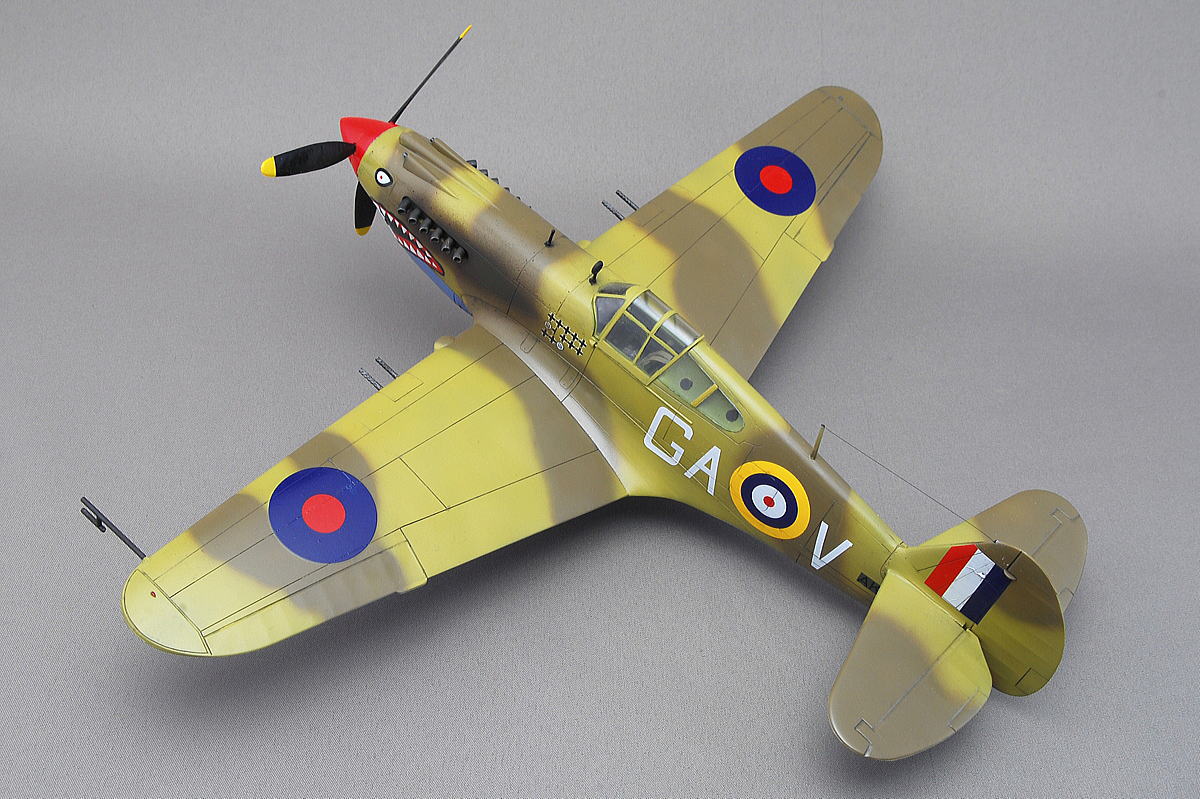 The performance was ordinary, but it seemed to be able to fight against the German Messerschmitt Bf109 on equal terms, except for the high altitudes in North Africa.
The performance was ordinary, but it seemed to be able to fight against the German Messerschmitt Bf109 on equal terms, except for the high altitudes in North Africa.
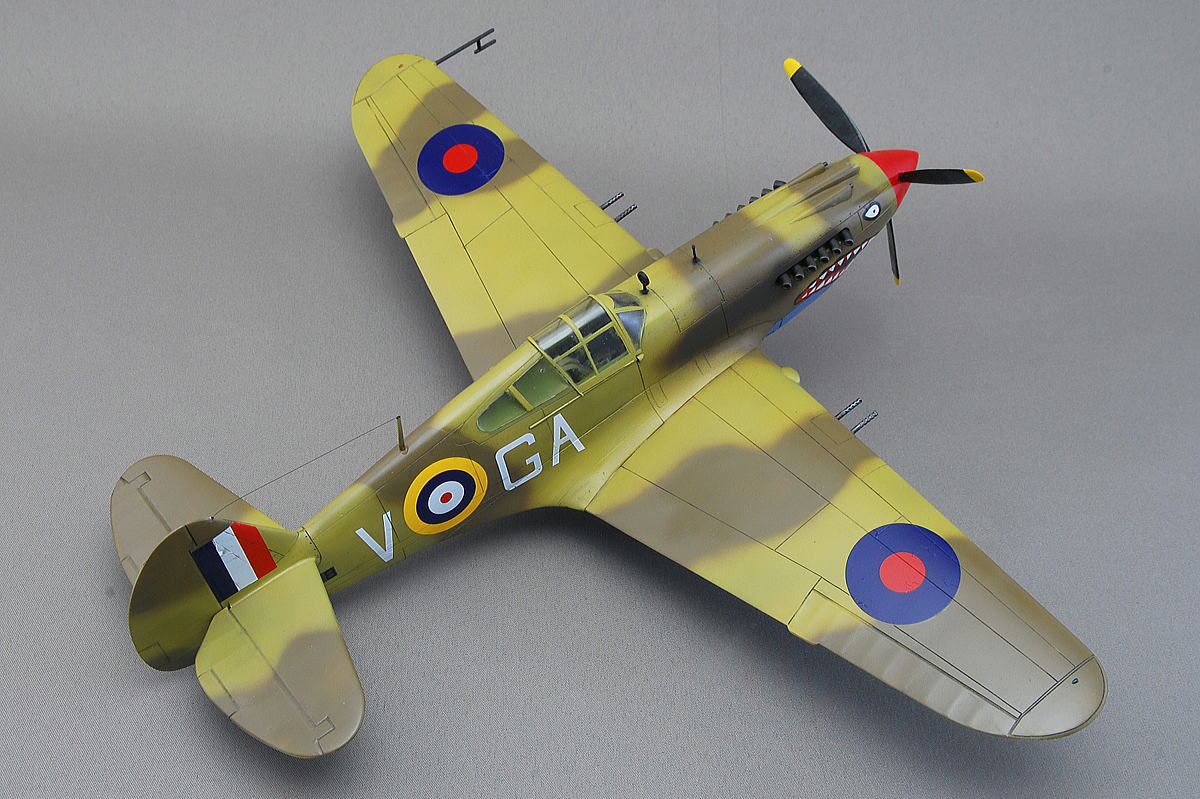 It has also been frequently used as a fighter bomber. The shell-proof performance was high, and with a strong fuselage, it was popular with fighter pilots.
It has also been frequently used as a fighter bomber. The shell-proof performance was high, and with a strong fuselage, it was popular with fighter pilots.
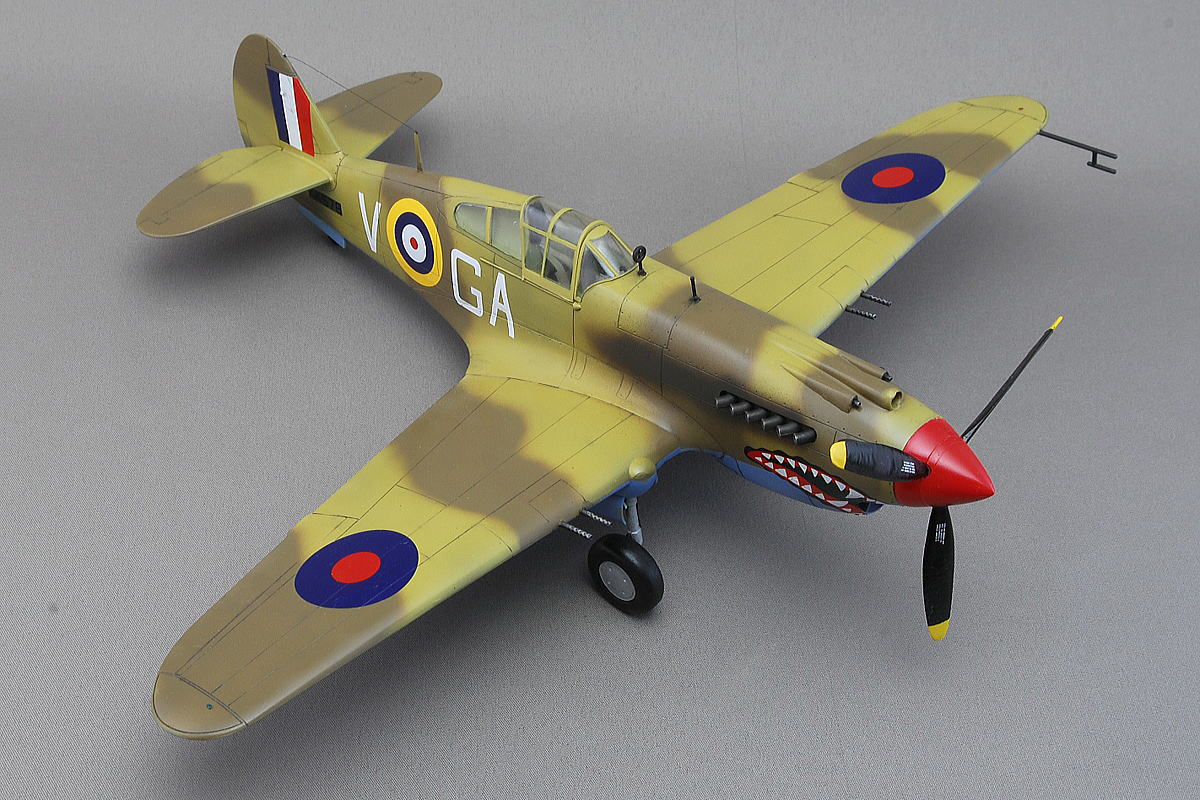 It was used in the U.K., Australia, New Zealand, the Soviet Union, etc. The total production is approximately 13,800 planes.
It was used in the U.K., Australia, New Zealand, the Soviet Union, etc. The total production is approximately 13,800 planes.
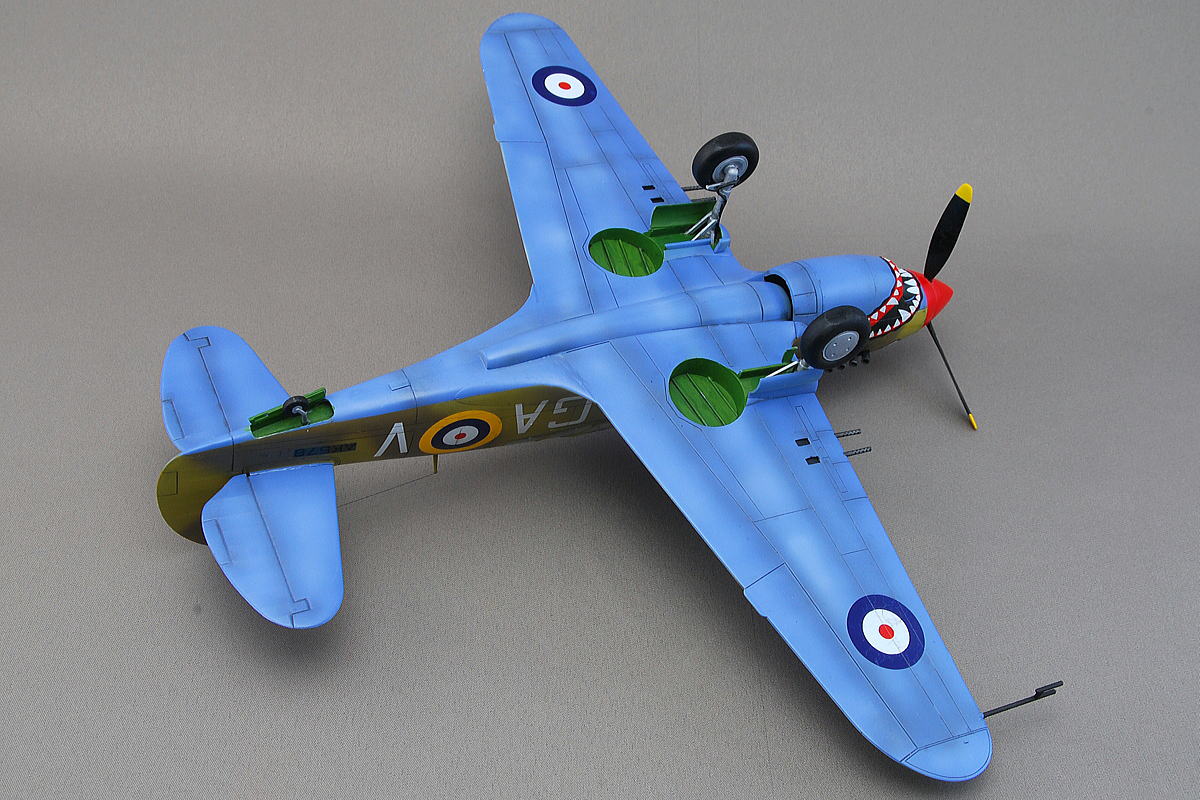 The fuselage underside is a vivid blue. Maybe it’ll be similar to the color of the sky in North Africa.
The fuselage underside is a vivid blue. Maybe it’ll be similar to the color of the sky in North Africa.
 Shading and highlighting with an airbrush and inking lightly. I felt better painted than the upper surface.
Shading and highlighting with an airbrush and inking lightly. I felt better painted than the upper surface.
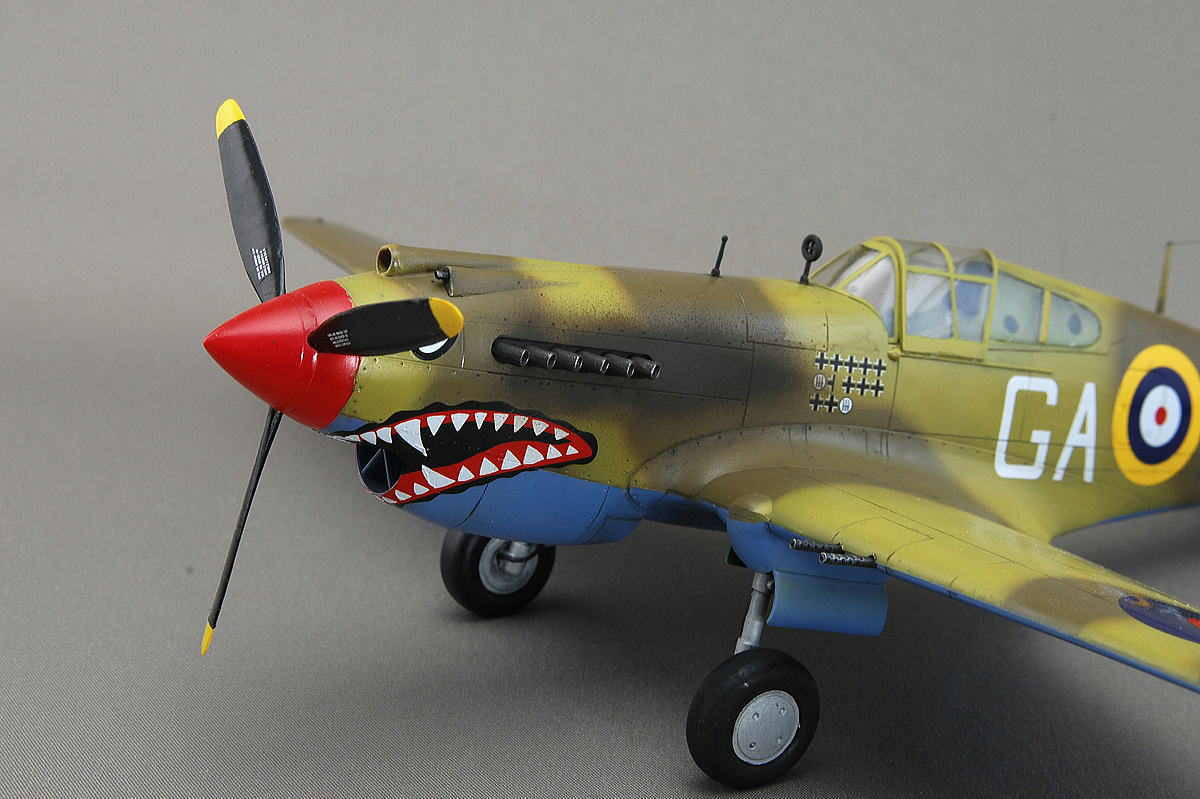 Weathering around the muffler was not wholly satisfactory. I should have painted a little more delicately.
Weathering around the muffler was not wholly satisfactory. I should have painted a little more delicately.
 Small decals are attached, and a propeller looks realistic.
Small decals are attached, and a propeller looks realistic.
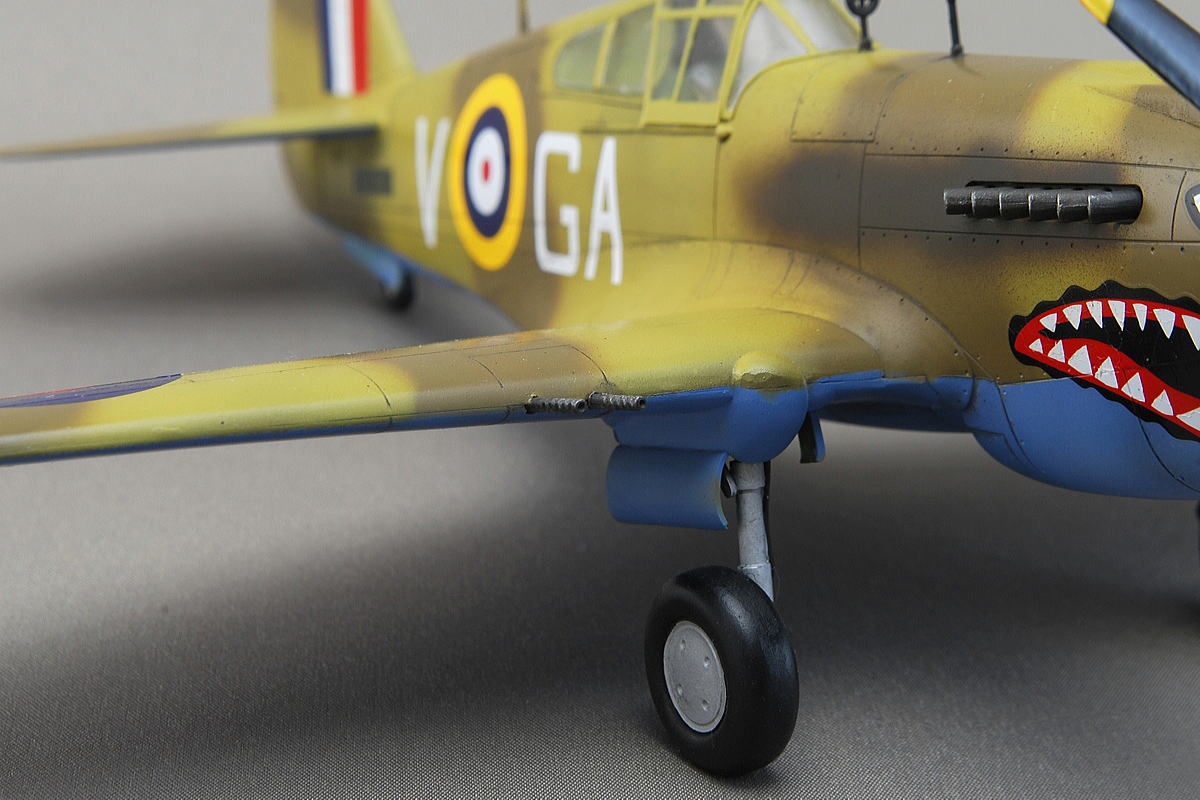 Tomahawk is equipped with a bulletproof fuel tank. It carries a 2 x 7.62mm M2 machine gun on one side. It is the strong arm of 4 machine guns in total.
Tomahawk is equipped with a bulletproof fuel tank. It carries a 2 x 7.62mm M2 machine gun on one side. It is the strong arm of 4 machine guns in total.

 I used the antenna line extra-fine metal wire.
I used the antenna line extra-fine metal wire.
 A marking is RAF 112th flying squadron Tomahawk Mk. IIb AK 578 GA-V Neville Duke pilot airplane in January – February 1942 in Egypt.
A marking is RAF 112th flying squadron Tomahawk Mk. IIb AK 578 GA-V Neville Duke pilot airplane in January – February 1942 in Egypt.
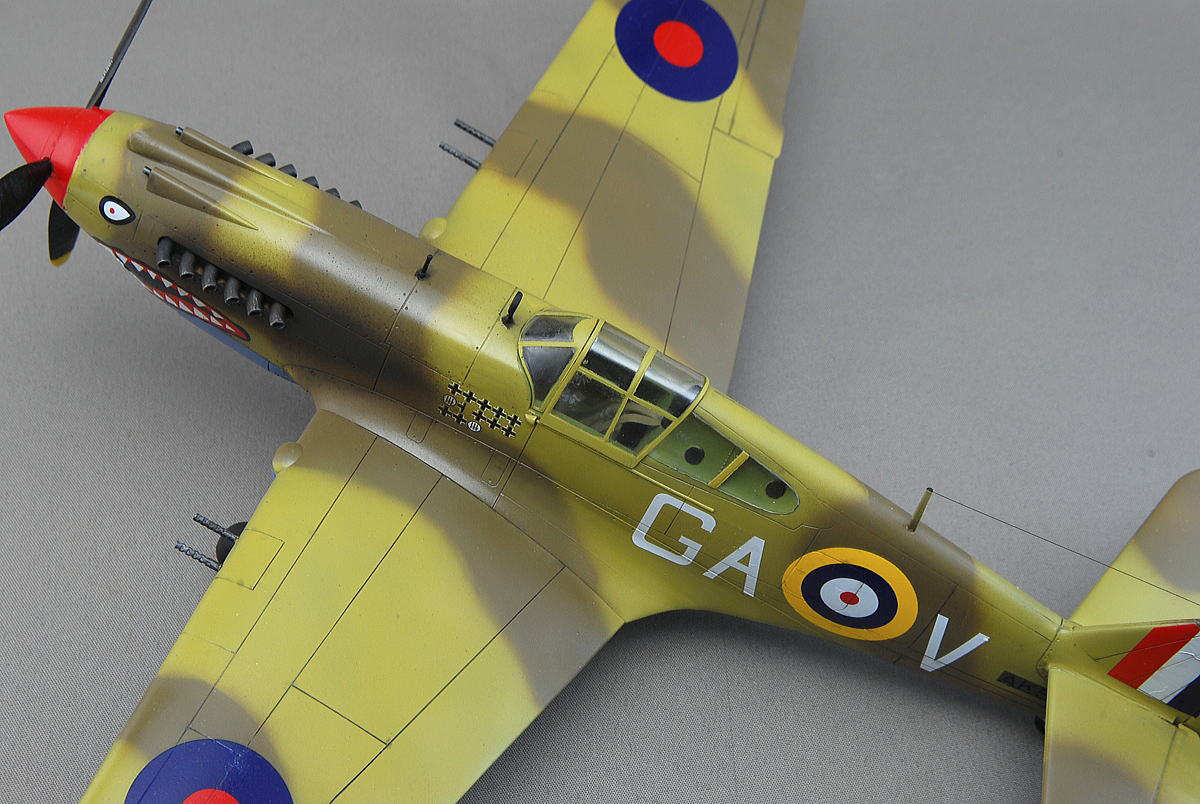 When there are kill marks, it seems to be strong. This is fiction.
When there are kill marks, it seems to be strong. This is fiction.
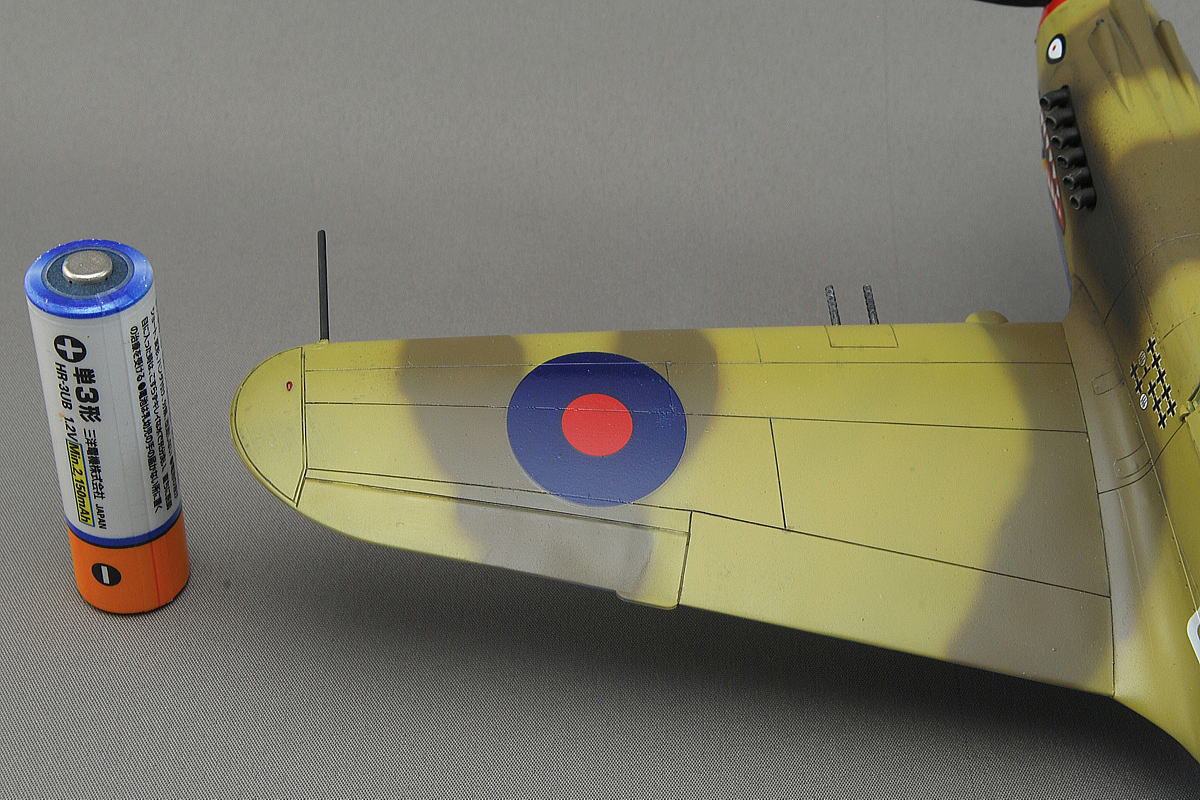

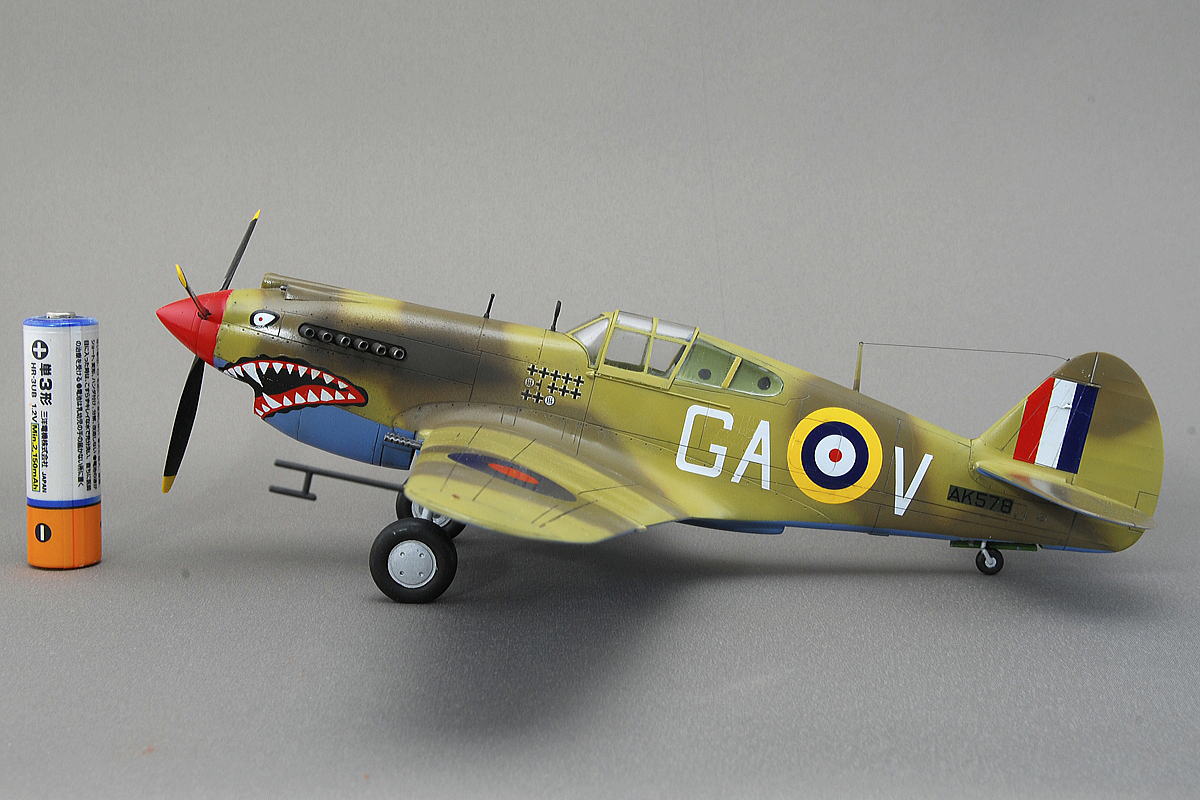 Some decals couldn’t be stuck beautifully. It’s sometimes wrinkled. After drying, it more or less becomes beautiful, but wrinkles are left a little. I think the mark softer may be overused.
Some decals couldn’t be stuck beautifully. It’s sometimes wrinkled. After drying, it more or less becomes beautiful, but wrinkles are left a little. I think the mark softer may be overused.
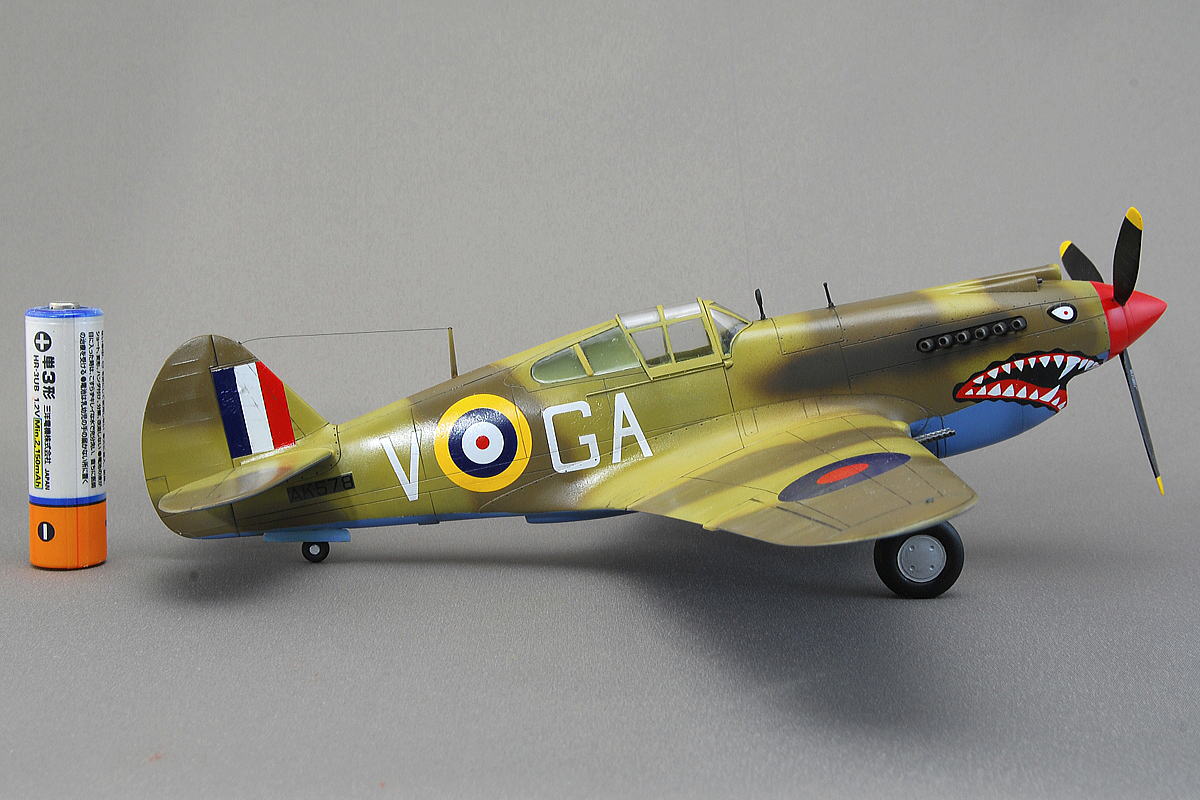 What is next time? I thought it would be better to use the softer one from a few weak ones while overseeing the situation. The best thing is not even in a hurry. Try also using a towel or use lukewarm water. I’ll use lukewarm water next time and also try a steaming towel.
What is next time? I thought it would be better to use the softer one from a few weak ones while overseeing the situation. The best thing is not even in a hurry. Try also using a towel or use lukewarm water. I’ll use lukewarm water next time and also try a steaming towel.
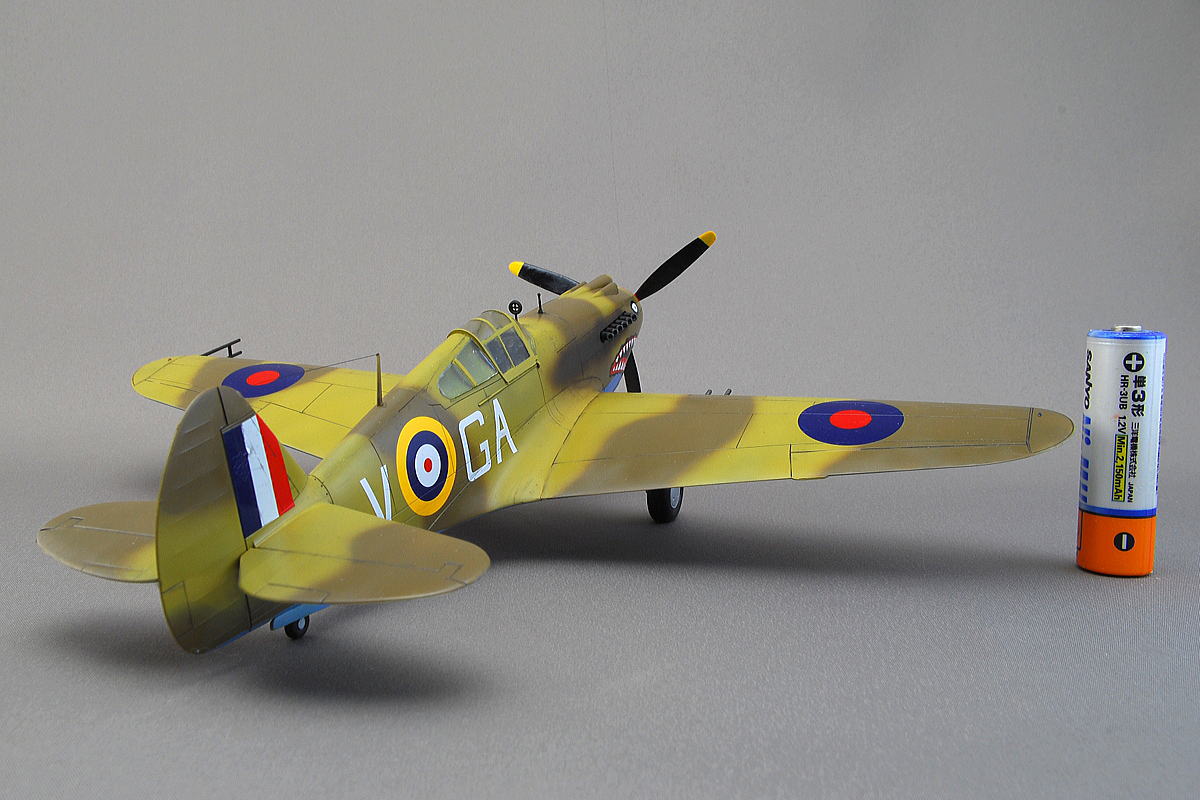 Academy Tomahawk, because the parts are fewer, the assembly was not too complex. I wonder if it’s still available.
Academy Tomahawk, because the parts are fewer, the assembly was not too complex. I wonder if it’s still available.
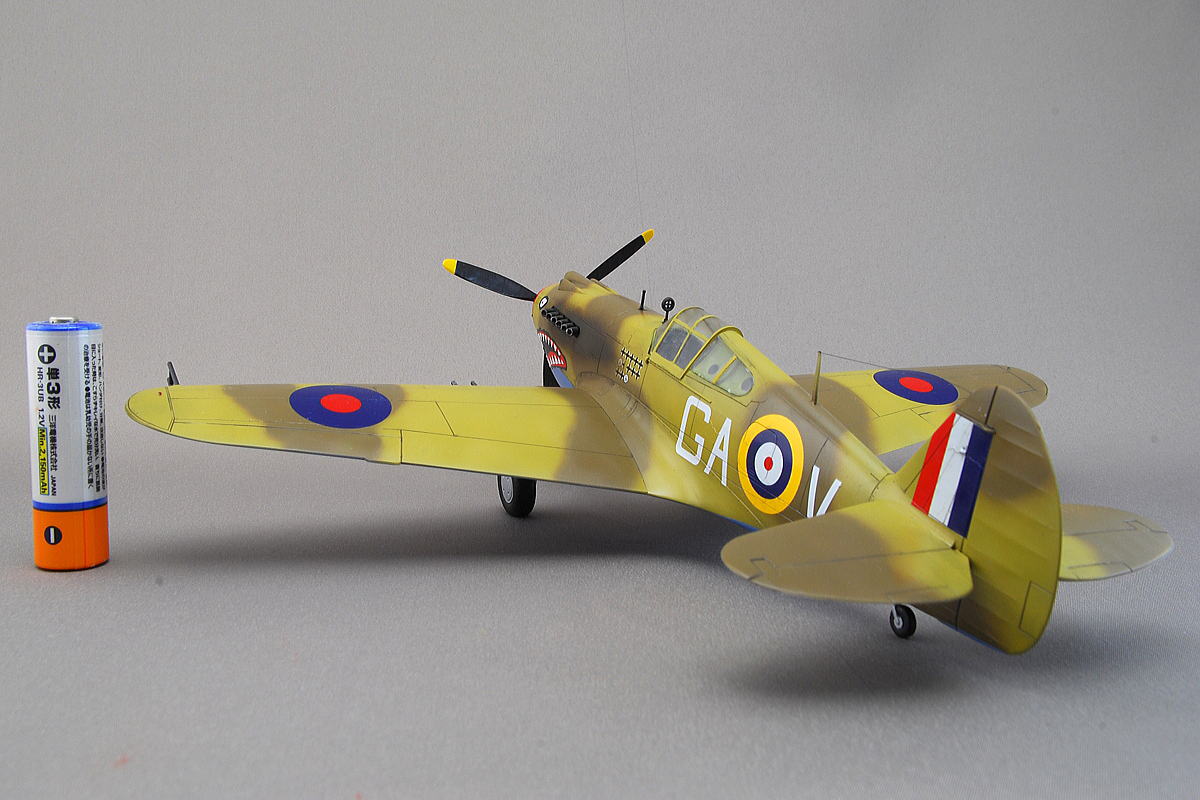 This time I used the Creos particular color set, the WWII Royal Air Force standard color set of Aircraft (Early period & Desert Camouflage). I like the overall color tone.
This time I used the Creos particular color set, the WWII Royal Air Force standard color set of Aircraft (Early period & Desert Camouflage). I like the overall color tone.
(29-May-2016)



コメント
Lovely work, man! Have you submitted any of your builds to any magazines? You do really great work!
It is too much praise for me!! But thank you very much. I’ve never written an article because it’s a hobby.